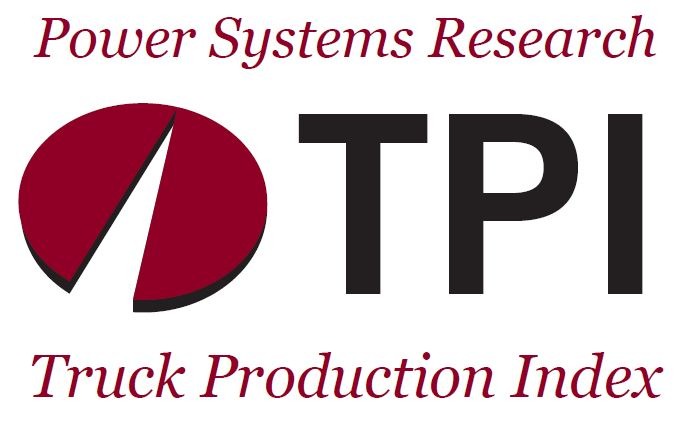Heavy Truck Sales Fall by More Than 60% in H1 2022
CHINA REPORT

The heavy truck industry fell in the first half of 2022 by more than 63% from the previous year. According to the latest statistics from the China Automobile Association, for January to June this year, the overall sales volume of the domestic heavy truck market was about 380,000 units, a decrease of 63.6% compared with the same period last year.
In June, the sales volume of China’s heavy truck industry was only 55,000 units, a year-over-year decrease of 65%. The main reasons for the decline in heavy truck sales this year are the upgrading of emission standard from “China V” to “China VI” last year, which caused a pre-buy in the market, and the impact of the epidemic this year, which depressed the logistics and transportation market, further curbing demand for new trucks.
The heavy truck industry is a cyclical industry, and its development cycle fluctuates due to changes in environmental protection policies and the overall economy. Following a 14 month decline in sales, the primary concern in the heavy truck industry is this: When will there be a turnaround?





 Welcome to the New Gilded Age
Welcome to the New Gilded Age 

